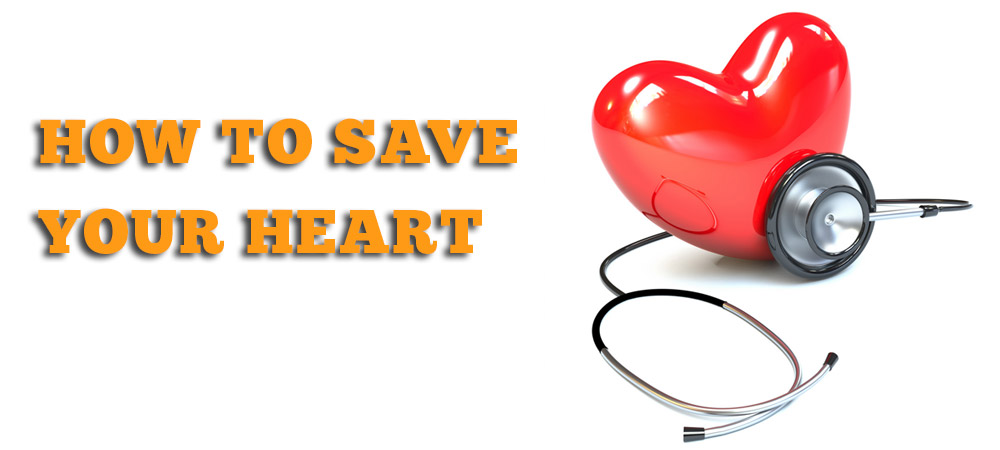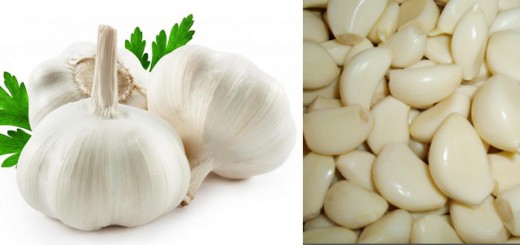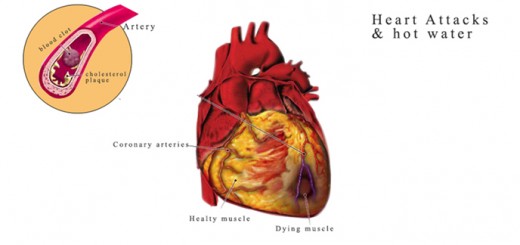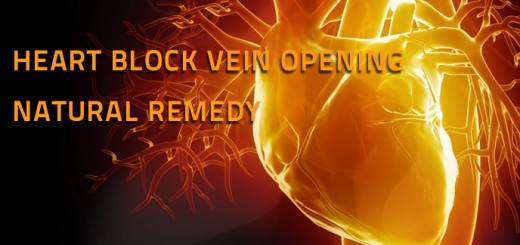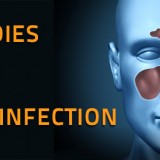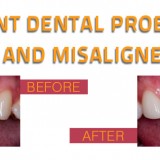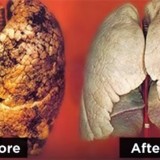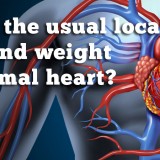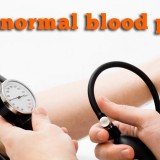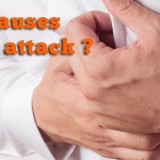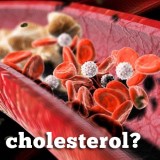Work In Some Walnuts
They’re the alpha nuts in terms of alpha-linolenic acid, an omega-3 fat that fights inflammation, says Larry Santora, M.D., medical director of the Dick Butkus Heart and Vascular Screening Center in Orange, California. Yale researchers report that eating about a half cup of walnut halves a day can improve blood vessel function.
Keep the Beat
Tomorrow morning, before you fumble to find your slippers, find your pulse. Then log your beats per minute (bpm), says cardio-thoracic surgeon Pierre Theodore, M.D., vice chairman of the medical advisory board at Grand Rounds. Healthy guys should be at or below 70 bpm. If your rate rises higher for a week or more, call your doctor.
Avoid Dirty Air
Inhaling ultrafine pollution particles can thicken the wall of your carotid artery, predisposing you to heart attacks, say University of Washington researchers. Particle levels peak in the early morning in winter, a study in Atmospheric Environment reports, so save outdoor runs or rides for the afternoon.
Be a Bean Counter
Pass on the potatoes and spoon out the legumes. People who ate 1 cup of fiber-rich lentils, beans, or chickpeas a day reduced their systolic blood pressure by 4 mm Hg after three months, according to a study in Archives of Internal Medicine. Add black beans to salads, cook lentils into a curry, or scoop an extra serving of pinto beans into chili.
Come to Grips with BP
As little as four weeks of handgrip training can lower your blood pressure by about 10 percent, a meta-analysis in the Journal of Hypertensionreports. The researchers say the exercise creates “shear stress,” which improves blood vessel function. Try four two-minute contractions with each hand. Rest for about a minute in between.
Start Scrambling. . .
. . .and stop thinking that eating eggs raises your LDL (bad) cholesterol. In fact, Brazilian research suggests a link between egg consumption and clearer coronary arteries. One guess is that the yolk’s payload of vitamins E, B12, and folate may be the key. Just stop at four eggs a day to limit the calories.
Run the Numbers
Choose an exercise to do weekly—say, a 2-mile run—and just afterward, log your time and your heart rate. Call your doc if you notice major changes—for instance, a heart rate of 185 bpm after a workout that typically takes you to 165 in the same time. That can signal an issue, like clogged arteries or a weakened heart, Dr. Theodore says.
Be a Breath Man
Stop and take a long, slow breath. Better yet, take six breaths in 30 seconds. Doing this can lower your systolic blood pressure by as much as 4 mm Hg within minutes, a study inHypertension Research found. Some research suggests that if you practice this deep breathing consistently, the pressure-lowering effects can last over time.
Sweat Out Burnout
Don’t let your job be the death of you: Work-related exhaustion increases your heart disease risk, a study in Psychosomatic Medicine shows. So hit reset: In a Swiss study, men suffering from burnout slashed their symptoms by up to 57 percent by doing cardio exercise just two or three days a week.
Say F.U. to the Flu
On top of its virus-fighting powers, the flu vaccine nearly halves your risk of heart attack, suggests a study in the journal Heart. That may be because influenza triggers an autoimmune response that battles the virus but also produces inflammation that can clog arteries. Visit flushot.healthmap.org to find vaccination sites in your area.
Hit the Sack. . .
Compared with solid sleepers, insomniacs face a 45 percent increased risk of heart attack, according to a study from Norway. Just 30 minutes of exercise three times a week can boost your sleep. But be patient—the benefits can take months to kick in, say Northwestern University researchers.
. . .but Don’t Sleep In
There is such a thing as too much sleep: People who log 10 or more hours a night have an elevated risk of heart disease, according to a study in the journal Sleep. One explanation: Snoozing too much may be linked to weight gain and poor mental health. If you can’t keep your z’s in the healthy range (seven to nine hours), see your doc.
Go on a Trans Fat Fast
Columbia University scientists say you can significantly reduce your LDL-particle number (a marker of cardio risk) by cutting your trans fat intake by just 1 percent for a year. These fats are being phased out of many products, but they’re not gone. For example, they’re in butter-flavored Pop Secret popcorn and Land O’Lakes margarine.
Pig Out on Potassium
A CDC study found that consuming an extra 1,000 milligrams of potassium every day can reduce systolic BP. Bananas pack about 420 milligrams, and you can also find the mineral in sweet potatoes (540 milligrams per baked medium spud) and cooked yellowfin tuna (450 milligrams in a 3-ounce serving).
Charge Solar Cells
Scientists in Scotland found that 20 minutes of UV exposure can increase your body’s production of nitric oxide, which lowers blood pressure. You can soak up some sun for 10 minutes twice a week, but check with your dermatologist first if you’re fair-skinned or have had skin cancer, says Joshua Fox, M.D., of Advanced Dermatology P.C.
Join the Breakfast Club
In a recent Harvard study, men who typically skipped breakfast had a 27 percent increased risk of coronary heart disease, possibly because of greater fluctuations in their blood sugar and higher levels of blood triglycerides.
Kick the Can
Energy drinks may be enemy drinks. Research from the University of the Pacific showed that these caffeine-charged beverages can spike BP even in healthy guys. Stick with coffee.
Pour Some Milk
French research found that people who consumed the most low-fat dairy were least likely to have high LDL. The calcium in dairy may help boost fecal fat excretion from your body, which may help lower cholesterol, the scientists say.
Take Your Squats Lower
While any strength training raises your HDL (good) cholesterol, squats will supersize it, since they work your biggest muscles. But do full squats; they activate more small-muscle fibers than half or quarter squats, says Dr. Santora.
Follow the Spice Route
Cinnamon may look like dirt, but it acts like a drug. Two teaspoons of it, consumed with food, can tamp down postmeal blood sugar surges, according to a study published in the Journal of the Academy of Nutrition and Dietetics.
Cook Up Some Kale
In a study from Harvard, men who averaged about 1 1/2 servings of leafy greens a day were 12 percent less likely to develop heart trouble than those who ate just one serving a week.
Grin at the Reaper
A sunny outlook may cut your coronary artery disease risk by up to half, say Johns Hopkins researchers, possibly because positivity helps fend off stress and inflammation. For more on this, see “The Price of Pessimism” in this issue.
Color Yourself Healthy
If it’s orange, eat it. (Except Cheetos.) A Finnish study found that men with the lowest blood levels of beta-carotene were about three times as likely to develop congestive heart failure as those who had the highest levels.

